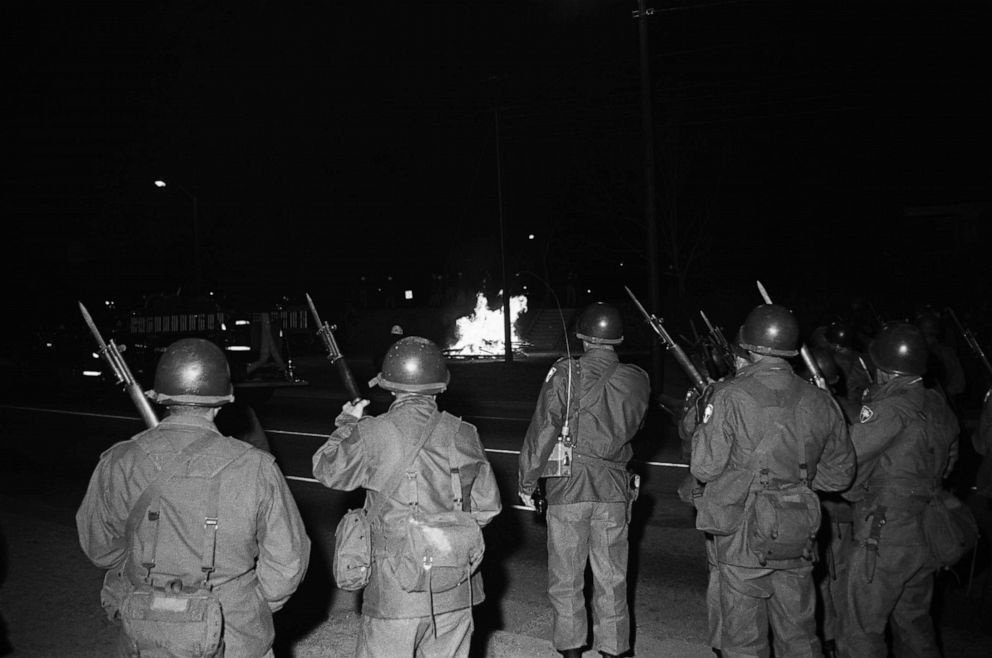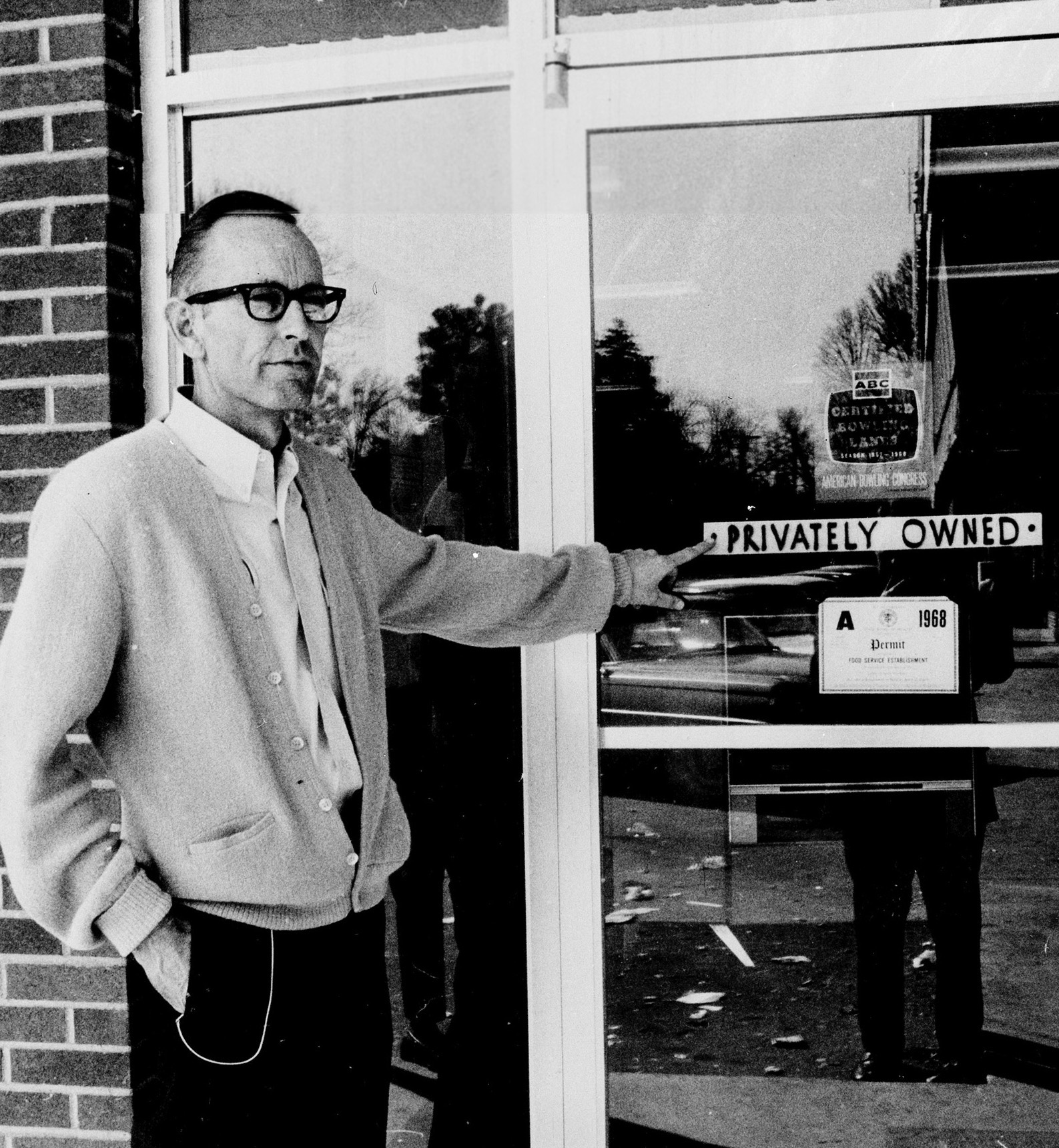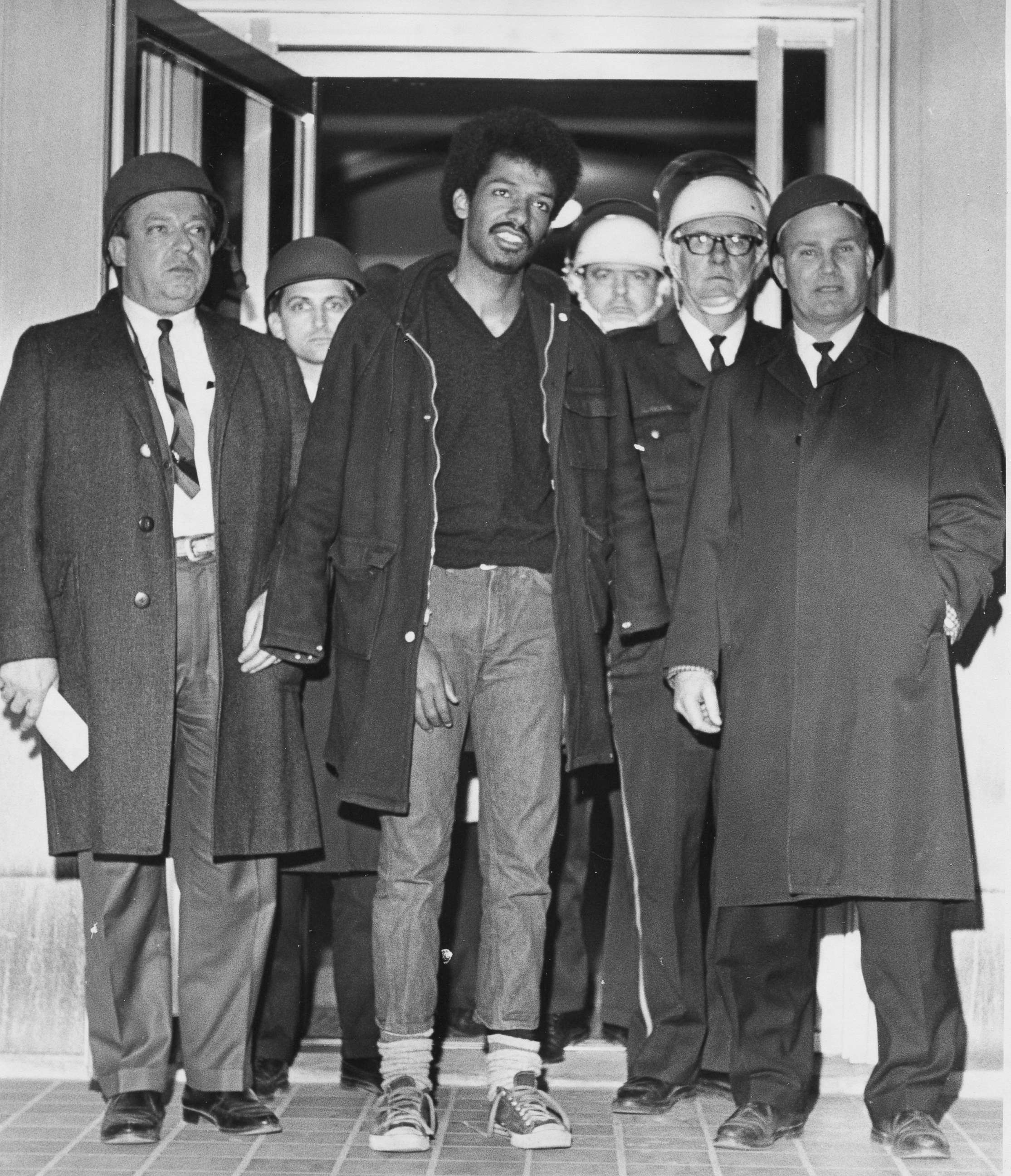'Fighting for justice': Orangeburg Massacre survivors speak out 54 years after civil rights-era bloodshed
The Orangeburg Massacre is deemed first of its kind on an American campus.
More than five decades ago, three young Black men were shot and killed by South Carolina state highway patrolmen amid a days-long protest against segregation.
While the tragedy on the campus of what is now South Carolina State University at the height of the civil rights movement garnered some national headlines at the time, the incident remains relatively unknown decades later.
"The Orangeburg Massacre is often overlooked in the story of African Americans who struggled to make the world better during the civil rights movement," SC State interim president Alexander Conyers told ABC News.
Killed that night, when police opened fire, were two of the historically Black college's students, as well as a local high school student.

In an effort to put the events of Feb. 8, 1968 front and center in the community’s mind and honor the victims, the school dedicated a new memorial on Tuesday, featuring the busts of the three men who were killed. It sits beside the initial memorial that bore their names as well as the 28 others wounded.
As the Orangeburg community members reflect on the tragedy 54 years later, the incident remains a painful reminder of the nation's racial struggles.
ABC News interviewed survivors and those connected with the events of that night and their shock at being fired upon despite being unarmed.
"It was a horrible situation then; the officers were never trained to help the students or be on our side," Frank Talley, 72, an Orangeburg protester and SC State alumnus, told ABC News. "After that night, many students never came back to school."
Orangeburg Massacre
The night of Feb. 8, 1968 is one of the most tragic moments in the civil rights era in the South and the first tragedy of its kind on any American college campus. Some of the details of that night remain in question but many are contained in the 1970 book “The Orangeburg Massacre,” from Jack Bass and Jack Nelson, who reported on the events at the time.
In the days leading up to the massacre, Black students at what was then South Carolina State and Claflin, two historically Black colleges, joined together in protest of Orangeburg’s only bowling alley remaining whites-only four years after the Civil Rights Act of 1964, according to the National Park Service.

Harry Floyd, the bowling alley's owner at the time, refused Black customers, contesting it could run his white customers away, according to a 1968 interview from local CBS affiliate WLTX.
What started as peaceful protests outside of the All-Star Bowling Lane turned chaotic.
Some SC State alumni interviewed by ABC News recalled they heard the window of the bowling alley crack and retreated to campus, but for others it was too late.
“The police got out of the car with batons and began beating the co-eds [women],” Dr. Cleveland Sellers, a civil rights activist and professor who was in Orangeburg at the time recalled. Six students were injured as a result according to a local paper at the time.
“That set us over the top,” Sellers said.
Students called a meeting with city officials to present a list of grievances. However, school representatives felt city officials’ lack of communication and delayed action added to the tension, according to Bass and Nelson’s book.
A Night of Bloodshed
The situation worsened the night of Feb. 8. Students started a bonfire near the edge of campus where dozens of highway patrolmen and members of the National Guard, called in by then Gov. Robert McNair armed with rifles stood watch, according to Bass and Nelson.
What sparked the gunfire is still in dispute, but nine officers opened fire in the dark, some admitting without warning, according to the officer’s statements during the FBI investigation, initially reported by Bass and Nelson.
“That was one of the few times in history I think the law enforcement has actually fired on students on their own campus,” Cecil Williams, a civil rights photojournalist and Orangeburg native said.
Samuel Hammond Jr. and Henry Smith -- students at the college -- as well as Delano Middleton, a 17-year-old high school student, who was picking up his mother who worked as a maid on campus, all died from gunshot wounds. At least 28 other demonstrators were injured, according to South Carolina State University.
“I was shot in the side of my arm. One of the students was shot in the jaw,” Sellers recalled. “A lot of us went to the on-campus infirmary but some were taken to the hospital and we had to sit in the ‘colored only’ section and wait to be seen.”
The officers who shot the protesters claimed to be firing in self-defense, according to Jack and Nelson's book.
“Many of us had gunshot wounds from the back," Sellers explained. “How were we posing a threat to them?"
Former U.S. Attorney General Ramsey Clark released a statement saying that he believed the officers committed murder. “The cause of the incident was police criminal acts; the provocation for the incident was an absurd, provocative display of force,” Clark said at the time, according to the LA Times.
All of the officers were charged with depriving the students of their civil rights by killing them, according to the LA Times; but were acquitted.
Gov. McNair never visited Orangeburg during the week of racial turmoil and cast the shooting falsely as an exchange of gunfire, according to Bass and Nelson.
McNair also pinpointed Sellers as the agitator despite Sellers being loosely affiliated to the All-Star demonstrations in the days before.

Sellers was charged with inciting a riot and convicted, serving 8 ½ months of his year-long prison sentence. He was released early on good behavior and said he was pardoned but refused to have his record expunged, “wearing it ‘as a badge of honor,” he recalled. “I accepted the pardon but that doesn't clean the slate,” he added.
A campus and community remembers
Each year since the massacre, survivors, students, some local officials and community members have sought to honor the lives of Hammond Jr., Middleton, Smith, and the survivors.
“The Student Government Association comes together with different organizations on campus, like the NAACP to highlight the Orangeburg massacre,” says Javonni Ayers, a senior and student body president.
And Gloria Pyles, a SC State faculty member and former Orangeburg bowling alley demonstrator, said she made it a priority to teach all freshmen about the massacre.

“When I was over the freshman program years ago, I made sure that all the instructors taught about the Orangeburg Massacre; that no student would come through without knowing,” Pyles asaid.
The National Park Service announced plans to renovate the All-Star Bowling Lane into a non-profit justice center, aiming to preserve the site’s historic importance and honor those who were killed and wounded in the Orangeburg Massacre, South Carolina State University noted in a statement.
As for survivors, many are calling on the state to provide restitution to the victims' families and those wounded during the protests and reconciliation.
“I’m fighting for justice. I don't have another 50 years to do this. So they need to come on and do something,” Sellers said.




